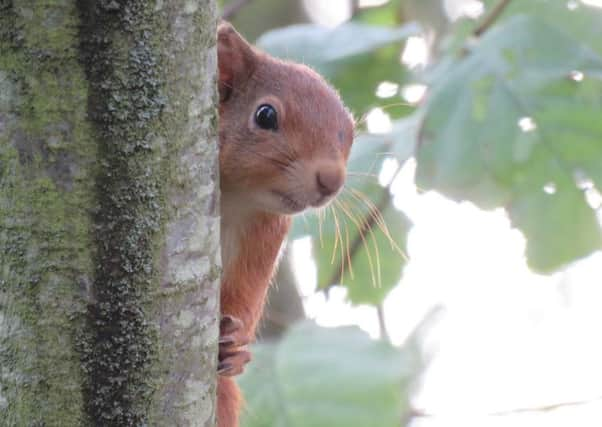Good news for the northern red squirrels


One hundred and sixty people, mostly volunteers, completed the annual monitoring programme this spring.
This is the seventh consecutive year of the monitoring programme, led by Red Squirrels Northern England, a project managed by Northumberland Wildlife Trust, which creates a picture of the native red squirrels’ geographical range in northern England.
Advertisement
Hide AdAdvertisement
Hide AdResults show that red squirrels are still widely distributed across six counties in northern England, with red squirrels found in 42 per cent of survey sites and grey squirrels in 48 per cent.
The surveys take place in northern counties where red squirrels can still be found – Northumberland, Tyne and Wear, North Yorkshire, Cumbria, Lancashire, Merseyside and parts of County Durham.
Surveys are completed within areas where red squirrel conservation is carried out by project teams, such as Red Squirrels Northern England, and by local community red squirrel groups under the banner of Northern Red Squirrels.
Simon O’Hare, project manager for Red Squirrels Northern England, has hailed the result as another positive for red squirrels.
Advertisement
Hide AdAdvertisement
Hide AdHe said: “This year there was a very slight drop in the number of sites with reds, down from 45 per cent in 2017. This is no cause for alarm, as slight variations over time are common in mammal populations.
“We have seen this pattern before, and know that we are documenting fluctuations in red and grey squirrel populations, affected by environmental factors such as bad weather and bumper natural food supplies in the autumn.
“However, it is vital that we do not see a drop in conservation effort.”
In Northumberland, Nick Leeming, chairman of Northern Red Squirrels, said: “Reds are bouncing back in areas of Northumberland, for example around Cramlington, Morpeth and Ashington,where people are putting in the effort to look after them.”